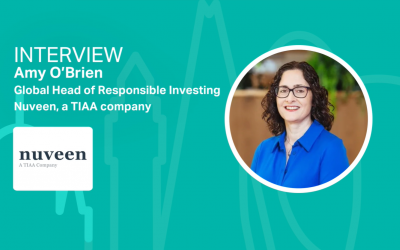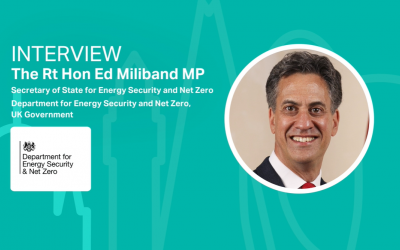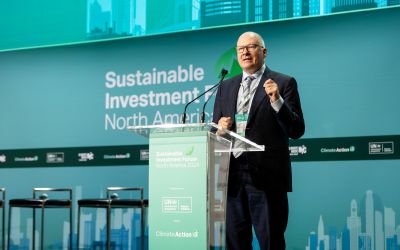How SDG-aligned are ESG funds?
To coincide with COP26, data firm Util published a report comparing the respective holdings of sustainable and non-sustainable US-domiciled funds and evaluating the degree to which each group positively and negatively contributes to the 17 UN Sustainable Development Goals (SDGs).
_1000_563.png)
How SDG-aligned are ESG funds?
Util finds the holding exposure and real-world impact of ‘sustainable’ funds hardly deviates from vanilla funds—with environmental degradation the greatest casualty of all invested capital.
To coincide with COP26, data firm Util published a report comparing the respective holdings of sustainable and non-sustainable US-domiciled funds and evaluating the degree to which each group positively and negatively contributes to the 17 UN Sustainable Development Goals (SDGs).
The results demonstrate that, in the absence of regulation dictating what constitutes environmental, social and governance (ESG) investing and how it should be integrated and addressed, funds marketed as ‘sustainable’, ‘ESG’ or ‘green’ are commonly exposed to the same constituents as their vanilla counterparts.
A greater systemic crisis than greenwash, however, is the discovery that almost all invested capital is contributing to environmental degradation. While ESG funds are brimming with companies committed to net zero tomorrow, the assets therein are contributing to the climate crisis today.
The solution presents both challenges and opportunities.
Key findings
Greenwashing is rife. Do you really get what you pay for?
In terms of exposure and impact, the two fund groups are similarly aligned.
At a sector, industry and company level, the exposure of the sustainable funds hardly deviates from the mean—despite a higher average fee.
That dierence doesn’t translate into meaningful positive impact. On an aggregated SDG basis, sustainable funds are just two percentage points more sustainable than the benchmark.
Investors claim to be ESG, but there’s little mandate to match words with action or intent with impact.
Investing is bad for the planet. Is your capital doing much good?
The SDGs address three themes—planet, people, and prosperity. Both fund groups have a positive impact on the four ‘prosperity’ goals, a slight positive impact on the eight ‘people’ goals and a negative impact on the five ‘planet’ goals.
Of the 77 funds branded with the terms ‘green’, ‘clean’, ‘climate’, or ‘sustainable’, only four have a positive impact on the environmental SDGs.
We assess the impact of capital on the world, not that of the world on companies. It doesn’t look good for the world.
Sources of impact are unpredictable. How do you meet your impact goals?
There’s no such thing as a wholly ‘good’ or ‘bad’ company or fund—but positive and negative
relationships arise between ostensibly uncorrelated investments and SDGs.
Sustainable funds are more likely to focus on female-led businesses but don’t outperform on SDG 5 because they fail to invest in female welfare globally. They’re underexposed to healthcare but outperform on SDG 3 because they’re overexposed to transport and underexposed to energy.
The confusion creates challenges, but opportunities, too. It’s hard to balance purity and liquidity in a portfolio focused exclusively on the most obvious contributors to a sustainability theme. Taking into account the full value chain of a theme yields untapped sources of diversification and alpha.
Machine learning, which can identify patterns at scale and without bias, makes sense of the noise. Technology is a critical lever in achieving impact.
Read the full report here.






